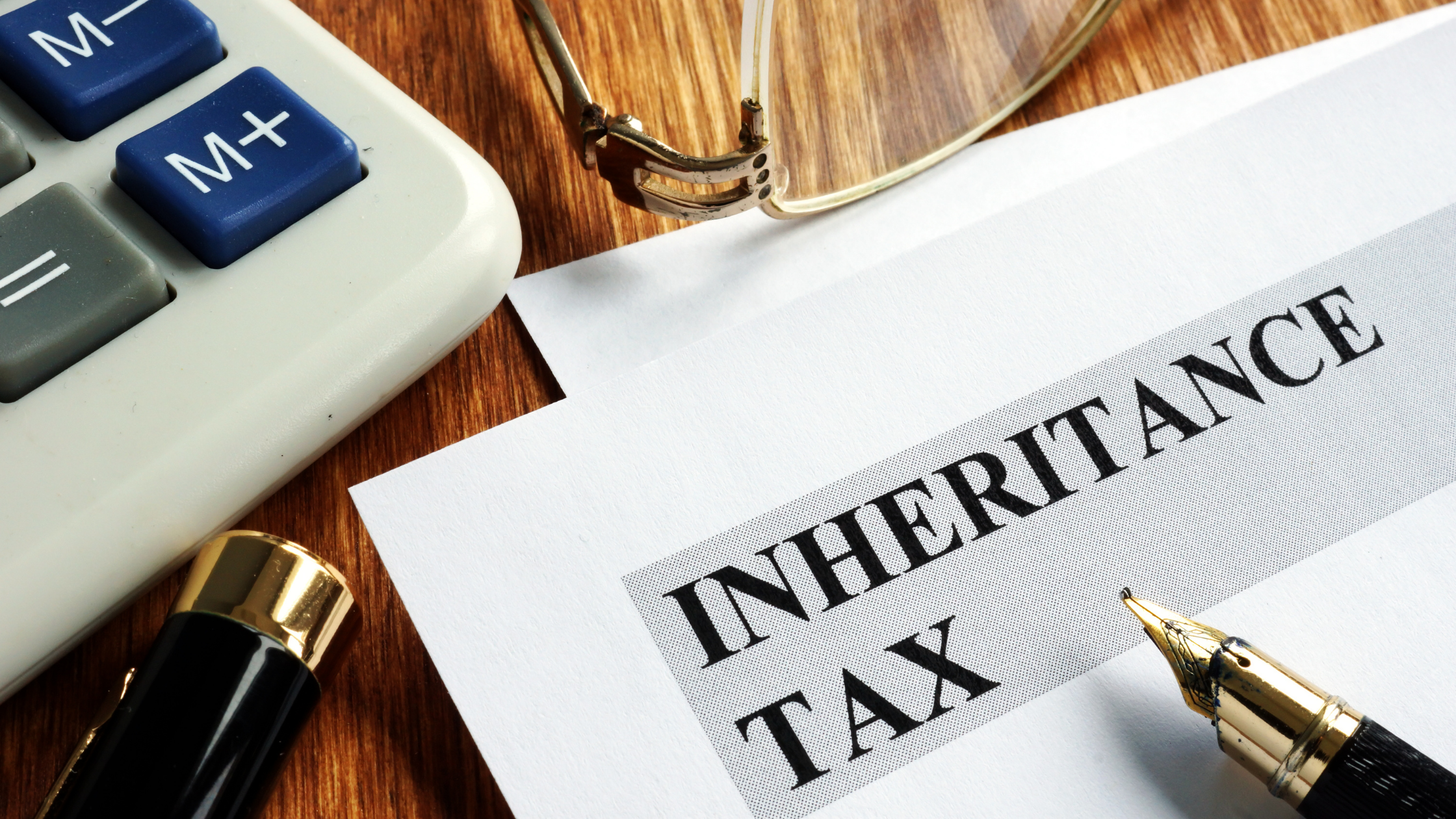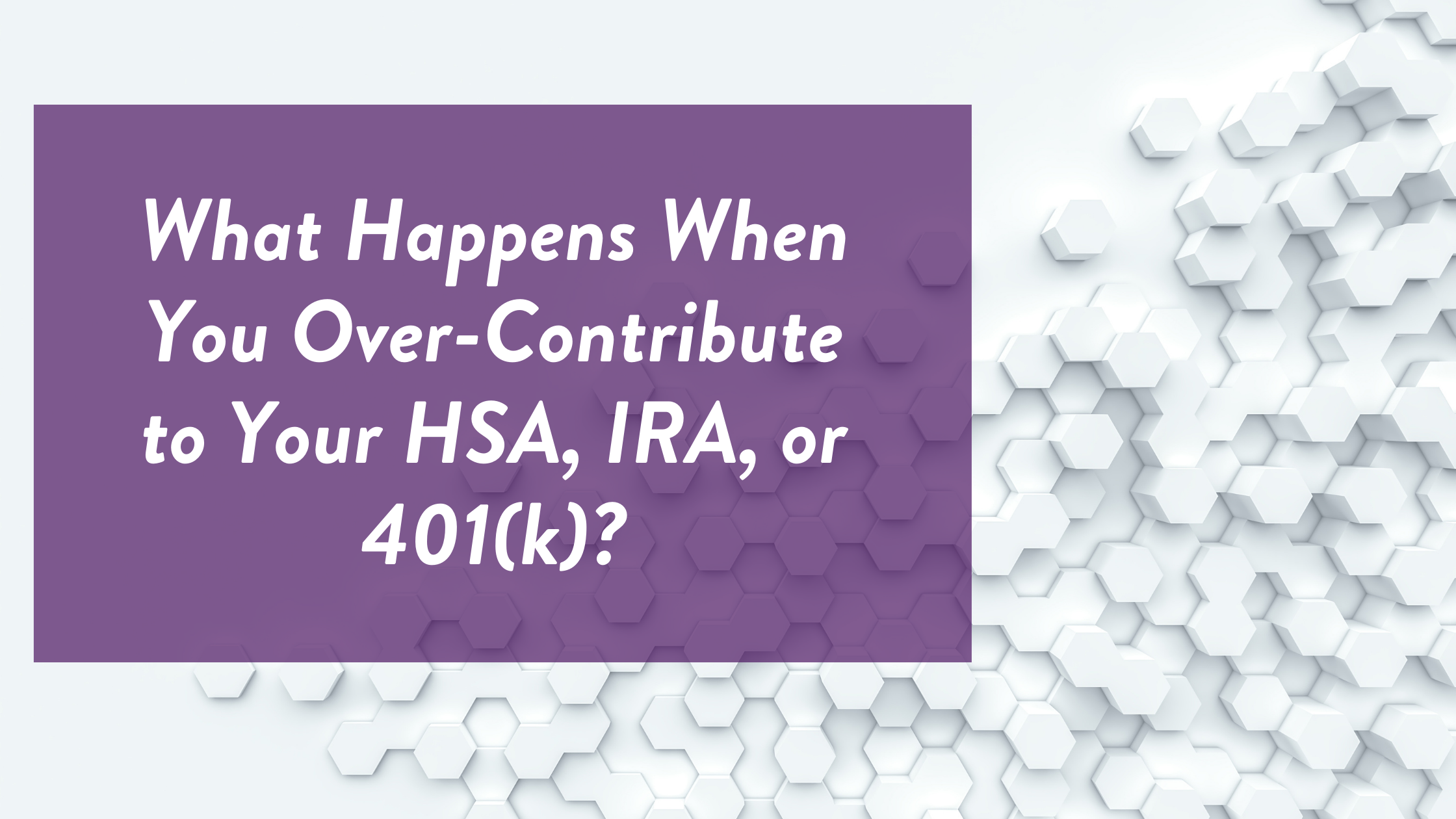
The CARES Act and What it Means for You
In response to the COVID-19 pandemic, Congress recently passed an economic stimulus package called the CARES Act (Coronavirus Aid, Relief, and Economic Security). This bill includes stimulus payments, expanded unemployment benefits, changes to retirement accounts and charitable giving, and more. Let’s take a look at the different elements of the CARES Act and how they could affect you.
Stimulus Payments
A key feature of the CARES Act is individual stimulus checks. The government will be issuing one-time payments of $1,200 to adults plus $500 for every qualifying child aged 16 or under. But note that there are income limits for these payments:
- Individuals with an adjusted gross income (AGI) of $75,000 or less ($150,000 or less for married couples) will get the full amount.
- Above those income levels, payments start to decrease, and stop completely at an AGI of $99,000 ($198,000 for married couples).
The amount you receive will be based on your 2019 tax return (or your 2018 return if you haven’t filed for 2019 yet). If you are not normally required to file a tax return, the IRS will use your 2019 Form SSA-1099 or Form RRB-1099 to determine your eligibility.
This stimulus payment is technically an advance on a new, temporary tax credit for 2020. Even so, it will not affect your regular tax refund or how much you owe, and you will not have to pay it back. In fact, this credit is available to you even if you don’t have any tax liability. In addition, stimulus payments do not count as taxable income and can’t be garnished to repay debts (with the exception of child support payments).
To receive this payment, you must have a SSN or adoption taxpayer ID number (members of the military are exempted from this requirement). Also, you can’t get a payment if someone claims you as a dependent on their taxes, even if you’re an adult.
If the IRS already has your bank account information from your tax filing, you will receive a direct deposit into that account. If they don’t, you will have an opportunity to enter your direct deposit information on a website the IRS is currently building (which should be available in the coming weeks). People should start seeing payments in April. Treasury Secretary Steven Mnuchin has said most people will see their payment by April 17, or a few weeks after you provide your bank account information via the new site. Paper checks will take longer – the IRS hasn’t said when to expect those yet.
The IRS will be updating their website as more details are available.
Unemployment Benefits
Unemployment benefits have been expanded to include workers who aren’t usually eligible, including self-employed people, part-time workers, gig workers, freelancers, and independent contractors.
Additionally, workers who are eligible for unemployment benefits will get an extra $600 per week on top of their regular state-sponsored benefit. Unemployment benefits typically replace 40-45 percent of your income, so this expansion helps fill the gap. You won’t have to apply for this extra amount separately – if you qualify for regular unemployment benefits, you’ll also be eligible for the extra payments. These extra weekly payments will last up to four months.
Unemployment benefits can now be extended for an additional 13 weeks as well (not to exceed 39 weeks). If you’re already receiving unemployment, you will still be eligible for the extra $600 payments and the 13-week extension.
Not sure if you’re eligible for unemployment? See the Minnesota Unemployment Insurance site to find out. But for the most part, the only people who won’t be eligible right now are those who are able to work from home, who are receiving paid sick or family leave, or who are new to the workforce and unable to find jobs.
If you are applying in Minnesota, it’s recommended that you apply online, as the Minnesota UI Program has had an influx of applications and call wait times can be more than an hour.
As always, unemployment income (including the extra $600/week) is taxable and child support payments can be deducted from it.
Student Loans
Two months of student loan payments and interest have already been waived for many federal student loan borrowers. The CARES Act provides automatic payment and interest suspensions for all federally-held student loans until September 30th (and is retroactive to March 13th). It may take some time for all accounts to be updated, so keep an eye on your online account to see if your payments have been reset – if not, they should be soon. Once your account is updated it will show that there is no payment due. You should also receive notice within the next few weeks of what is happening with your federal loans. If you have made a payment since March 13th, you can ask your loan servicer for a refund, but keep in mind it may take a while to get it.
If you want to and are able, you can still make payments to your loans during this time. Since interest will not be accruing during the suspension period, any payments you make will help pay down the principal of your loan as well as any previously accrued interest. Contact your loan servicer if you’d like to continue making payments.
For more details and information about how your federal student loans are being affected by the new bill, see the Federal Student Aid website here.
Please note: loans not owned by the US Department of Education are NOT eligible – including Perkins loans, F.F.E.L. loans, and loans from state agencies or private lenders. Holders of these loans may be offering other assistance programs, but you will need to check with them directly to see what they have available.
Retirement Accounts
For the 2020 calendar year, there will be no required minimum distribution from any individual retirement account or workplace retirement savings plan (like a 401(k)). This means you won’t have to sell investments that may have recently lost value. If you don’t need the money right now, you can leave your investments where they are in the hope that they recover once the crisis is over. Note: this change does not affect pensions.
You can also withdraw up to $100,000 from your retirement accounts this year without the 10% penalty, as long as the withdrawal is due to the COVID-19 crisis. In addition, you will be able to spread out income taxes you owe over a period of 3 years from the date you withdrew the distribution, and you are allowed to put that money back into the account before that time is up, even though you normally wouldn’t be able to make such a large contribution. But again, this exception is only for coronavirus-related withdrawals. You qualify if you, a spouse, or a dependent test positive or you suffer other coronavirus-related economic consequences.
If you have already borrowed from your retirement plan and were supposed to repay it before December 31st of this year, you will have an extra year to pay it off.
Charitable Contributions
Included in the CARES Act is a new deduction for up to $300 in annual charitable contributions. This deduction is only available to those who don’t itemize their deductions, and it sounds like it will be available for the foreseeable future – not just for 2020.
Charitable contributions must be made in cash to a qualified charity (not to a donor-advised fund). If you’ve already donated money this year, that contribution would count toward the $300 total.
Additionally, limits for charitable deductions have changed. On 2020 tax returns, you will be able to deduct 100% of your gift against your adjusted gross income. So if you want to give more to charity this year than you usually do, you’ll be able to deduct it. This is for those who itemize their deductions, and again, only applies to cash gifts to a qualified public charity.
Help for Small Businesses
The CARES Act includes an element called the Paycheck Protection Program (PPP), which provides for expanded SBA 7(a) loans for small businesses. The Small Business Administration (SBA) has been directed to provide 100% guarantee for loans up to $10 million for small businesses to help them pay employee salaries and health care costs as well as mortgage, rent, and utility payments.
Generally, any small business with fewer than 500 employees will be eligible for these loans, including veterans organizations, 501(c)(3) nonprofits, tribal business concerns, and individuals who are self-employed, sole proprietors, or independent contractors.
Additionally, a large portion of these loans can be forgiven, in which case they effectively become non-taxable grants. More details on loan forgiveness are coming, but it sounds like in order for the loan to be forgivable:
- the borrower must have employees, and
- 75% of the loan must be used for payroll costs
The details of how the PPP will be carried out are still being developed, so more information will be coming. See the Department of Treasury’s website for more details, including application deadlines, borrowing limits, requirements, qualifications, and a loan application.
Other Features of the Bill
A couple of last things to note that you may be wondering about:
- Taking advantage of any coronavirus-related payment relief should not damage your credit report. Lenders should mark your account as current, even if you take advantage of deferred or otherwise modified payments. Even so, it doesn’t hurt to keep an eye on your credit (always, not just this year).
- Renters have a little help coming to them through this bill. For 120 days, landlords who have their mortgages backed by Fannie Mae, Freddie Mac, or other federal entities will not be able to issue evictions due to nonpayment of rent. Additionally, landlords cannot charge fees or penalties for missed rent payments during this time.
As you can see, this bill affects many areas of your financial life, and contains a lot of potentially confusing details. Wood CPA is here to help you sort through it all. If you have questions or concerns regarding the CARES Act, don’t hesitate to contact us here or send us an email at awood@woodcpamn.com.








